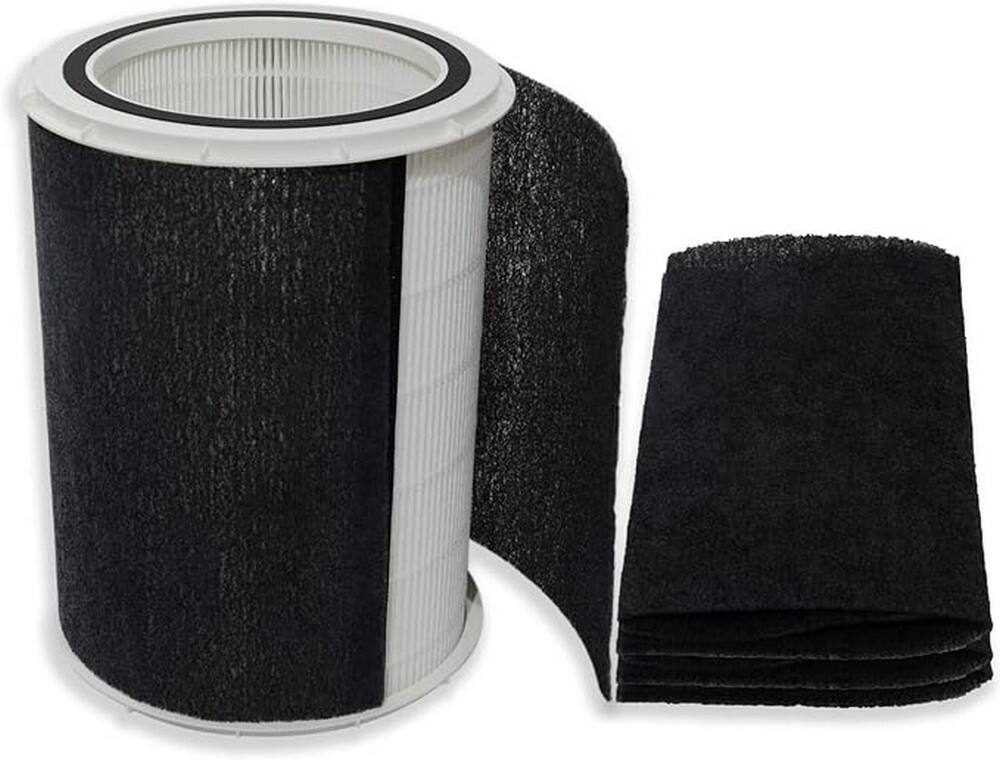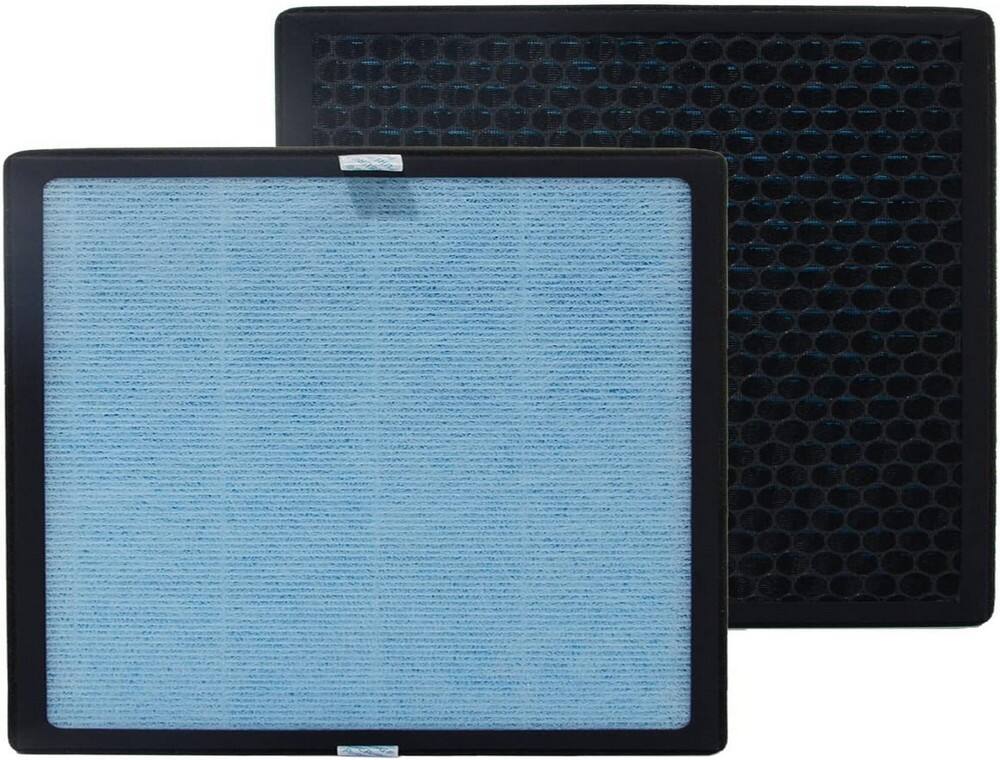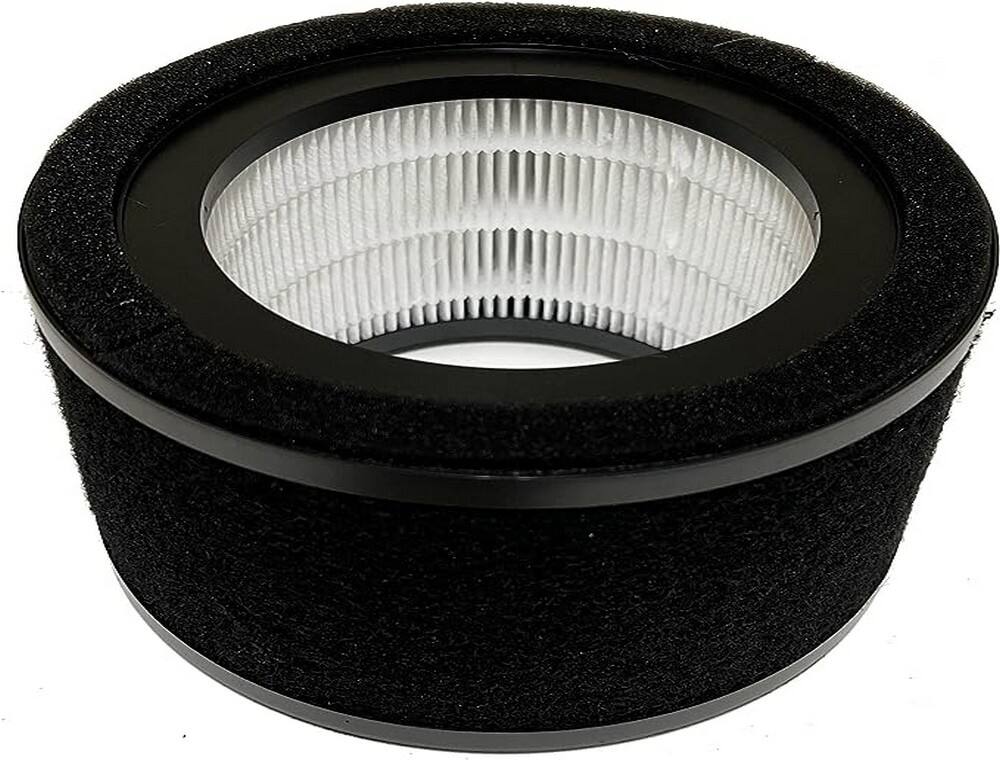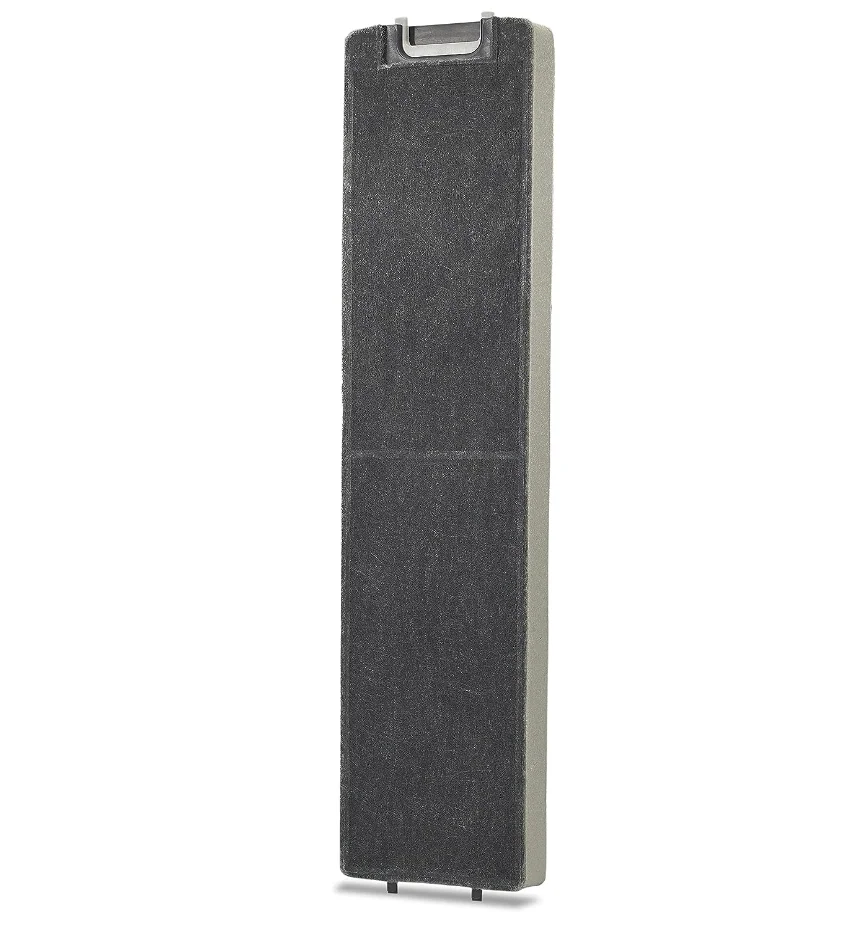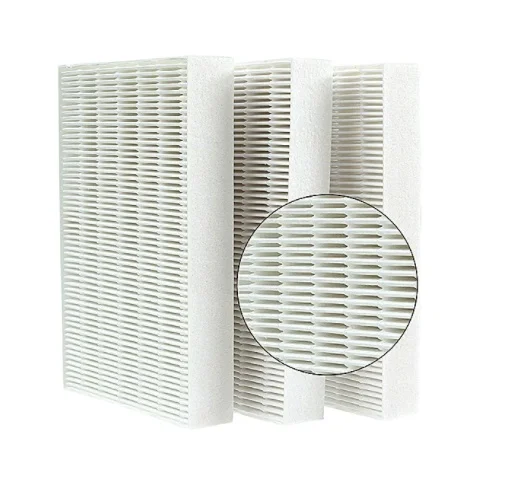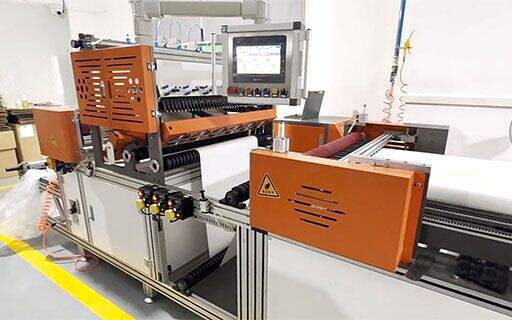Improving Camera Techniques with Filter Frames
There is always something new in the world of photography, and this is due to the evolution of technology and accessories. One such accessory is the filter frame that has become an important tool for both professional and amateur photographers. This article investigates functions, benefits, uses and incorporation of filter frames in relation to the subject matter.
Features and Advantages
Filter frames are usually made from lightweight materials like metal or plastic which can be clipped over a camera’s lens. They allow for quick fixing, removing or stacking filters without other adapters or screw on filters needed. Hence, it makes it possible to control colorations, brightness level, and sharpness of an image.
Filter frames have certain conveniences as well as being easy in application. It can come handy if your shooting locations take you walking on different lighting conditions for instance outdoor photography like landscapes/travel/events where lighting changes so abruptly. Moreover, it provides a better fitting compared to screw-on type of filters since these may lead to vignetting when stacked up together causing blurring effect.
Applications in Photography
Photographic use cases are numerous within which there are a few filter frames circumstances. For example landscape photographers combine polarizing filters with ND filters to achieve amazing sky effects while still controlling exposure time. Portrait photographs might use diffuse or soft focus filters hence gently smoothing out skin tones or backgrounds through their applications. For that reason photographers could accomplish water or clouds movement by taking shots with long exposure times using ND Filters option.
Integration with Modern Photography Techniques
Amongst evolving photographic technologies filter frames have found themselves quite at home recently. Thus they blend seamlessly into digital camera systems enhancing image sensors’ capabilities as well as digital post-processing functionalities.It is also possible for some filter frames to work along with software that portrays what the effect will look like before one takes a photo using their cameras screens.
Filter frames are evidence of the way photography combines with accessories. They are convenient, effective and flexible means of using filters, thus helping photographers to take pictures more professionally. As technology continues to change in the realm of photography, filter frames will continue being necessary for further experimental photo practices as well as enriching art in the process.
Recommended Products
Hot News
-
What You Need to Know About AIRCARE Humidifier Filters
2024-01-24
-
Filtration Show 2023 USA
2023-12-13
-
Filtech 2024 Germany
2023-12-13
-
Obtain Patent Certificate
2023-12-13

